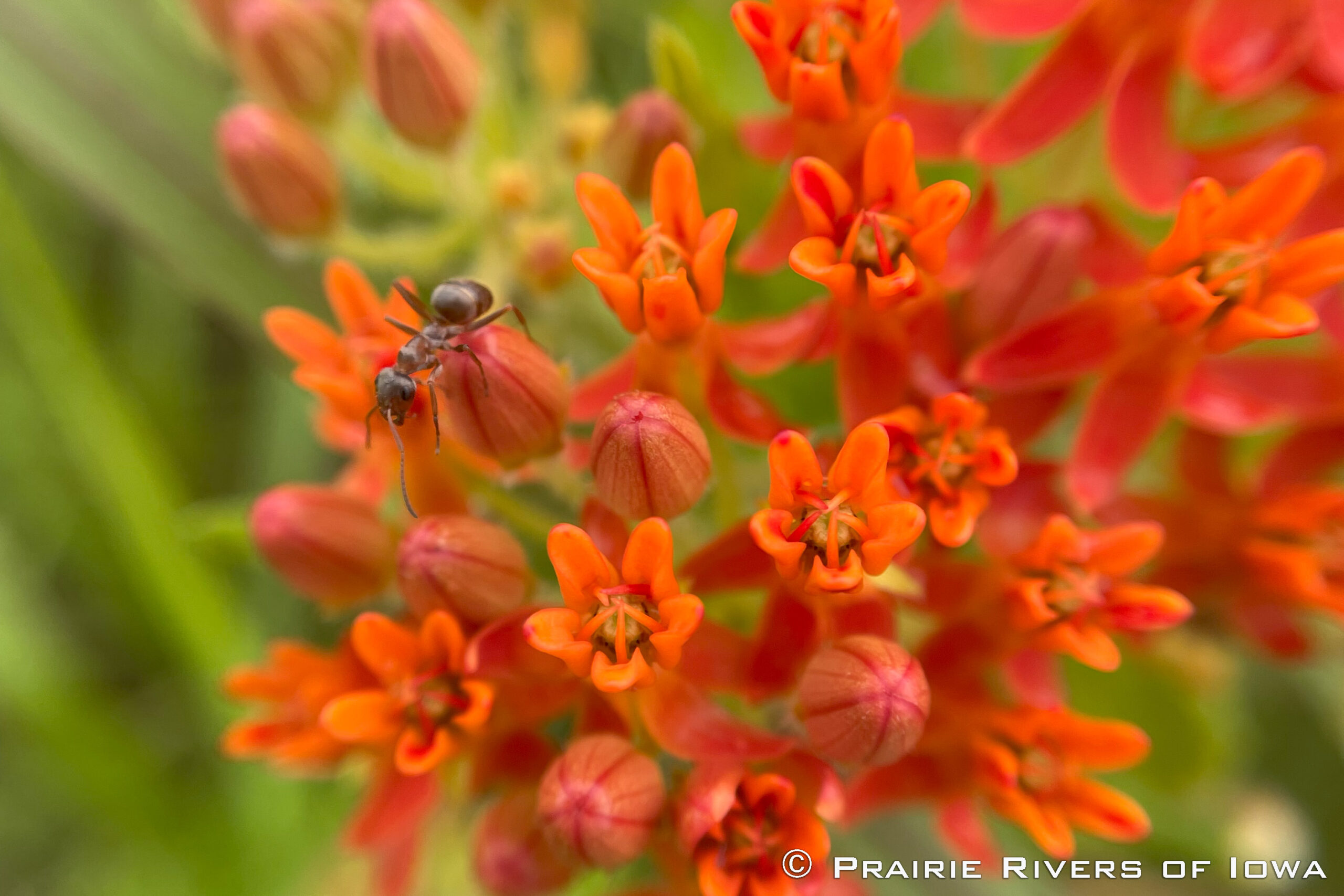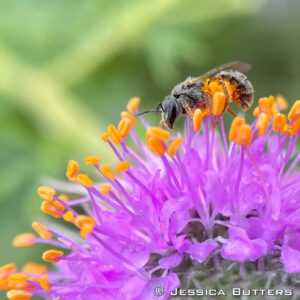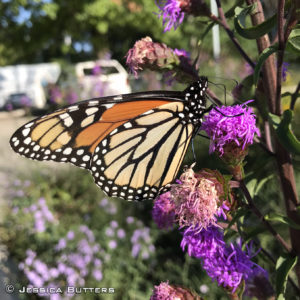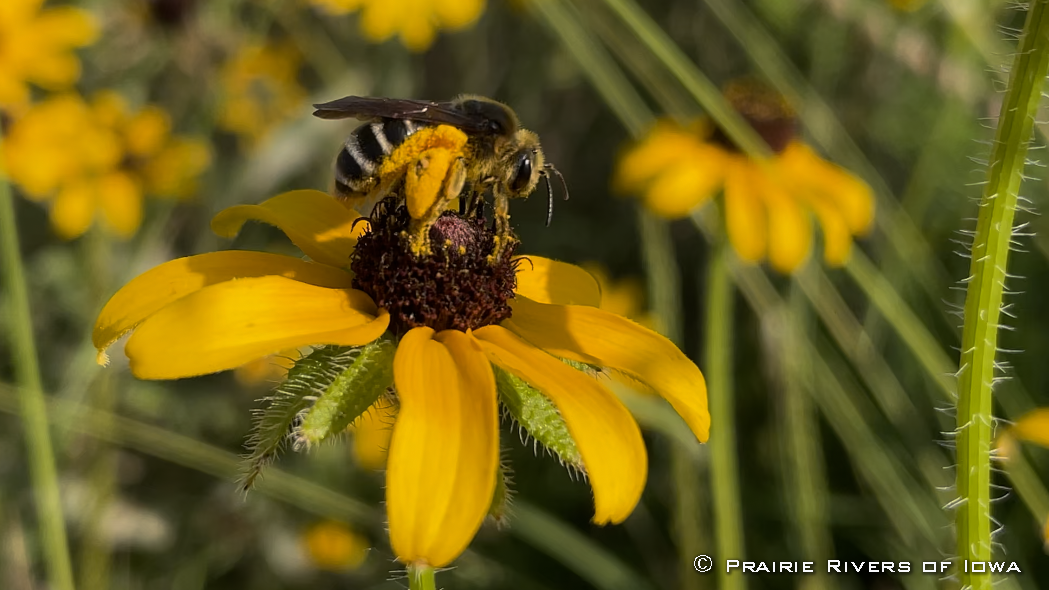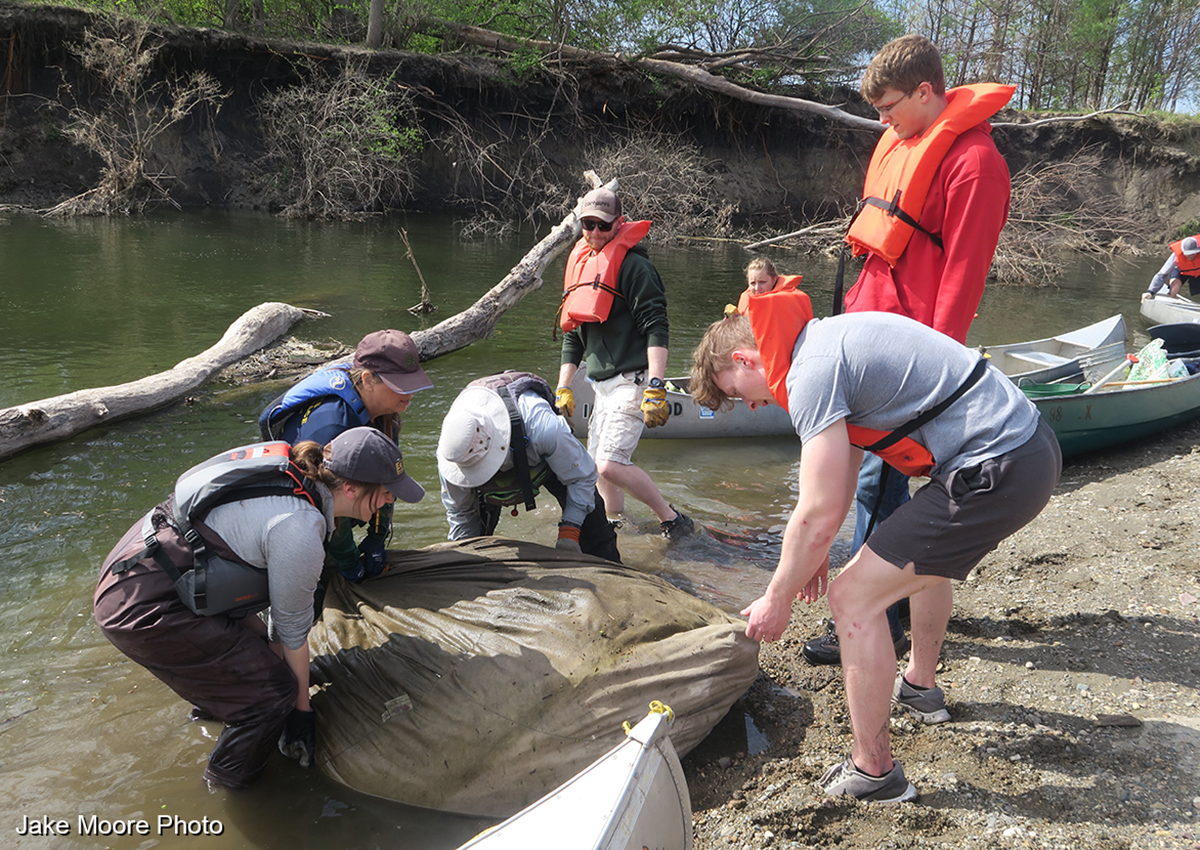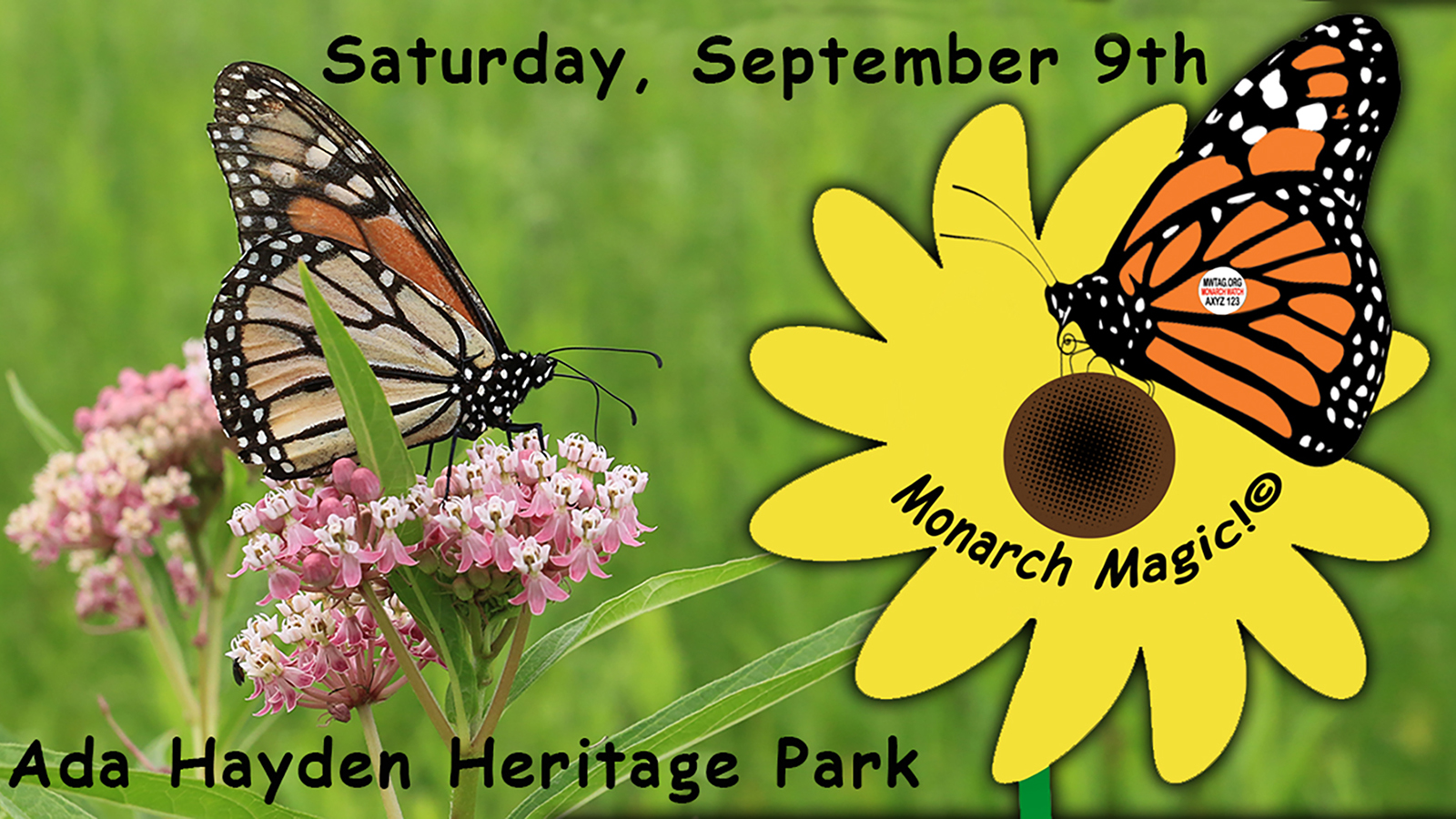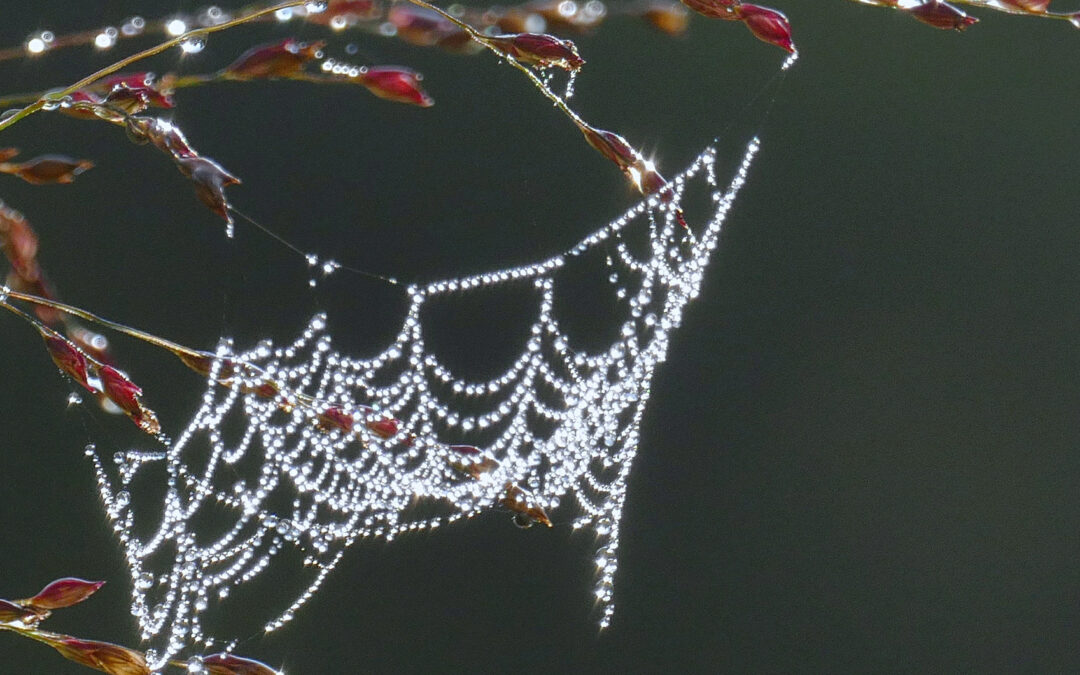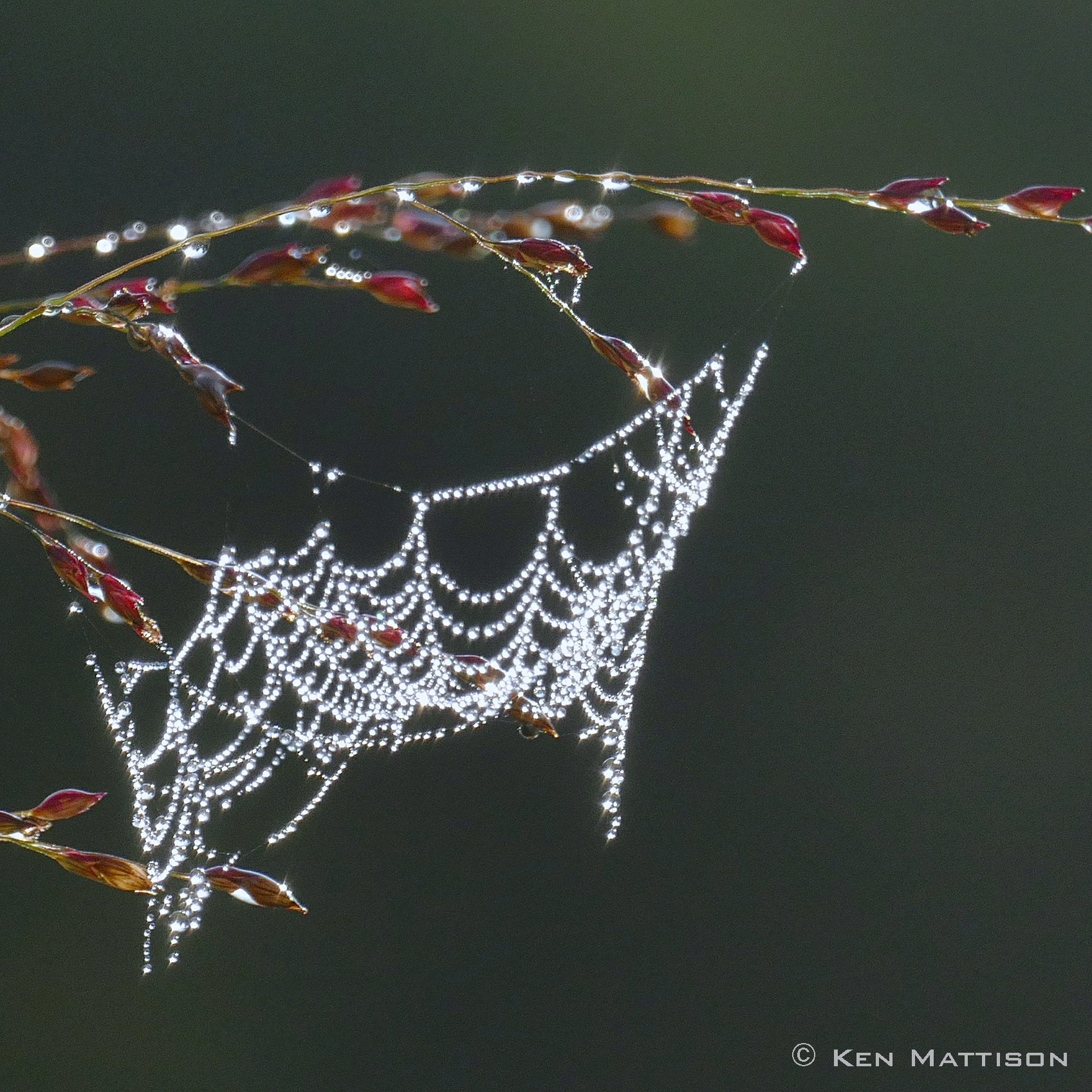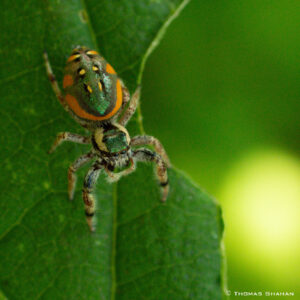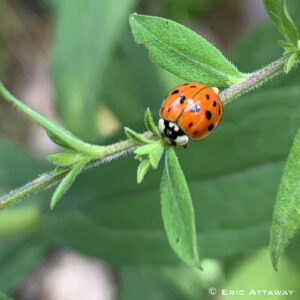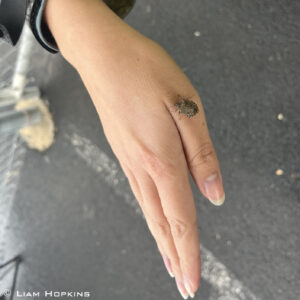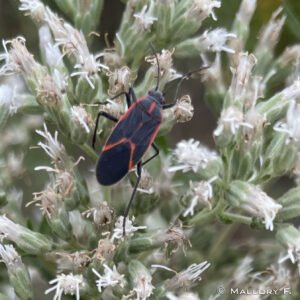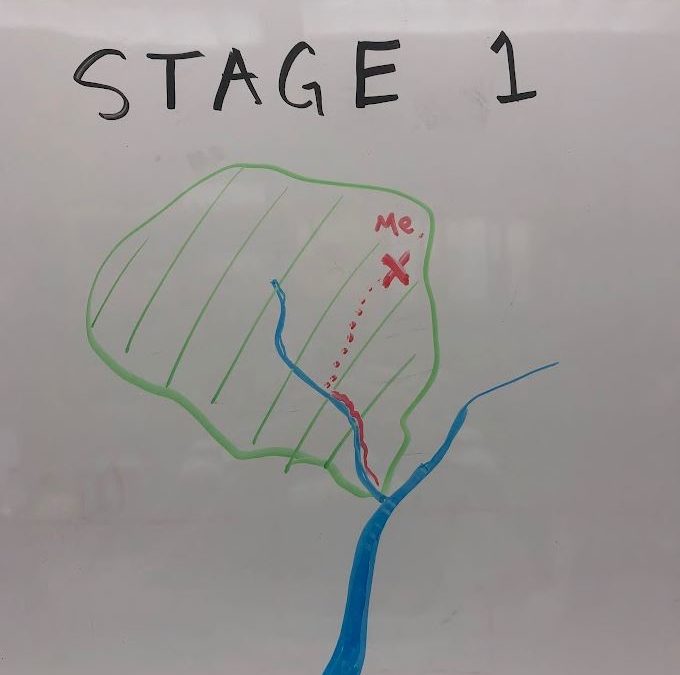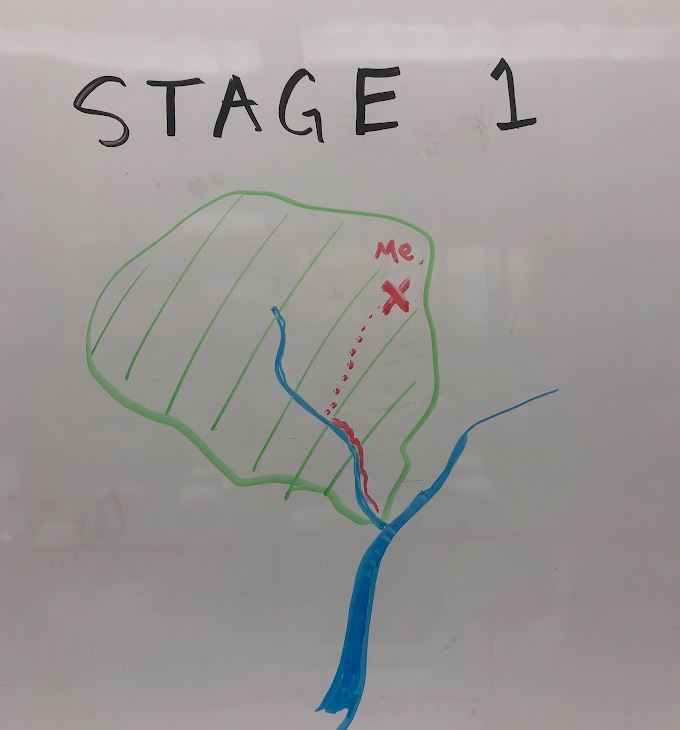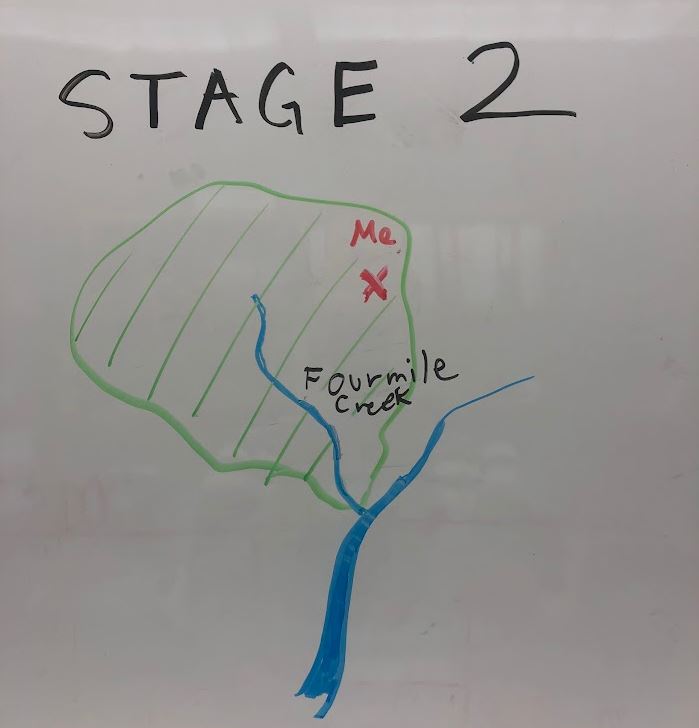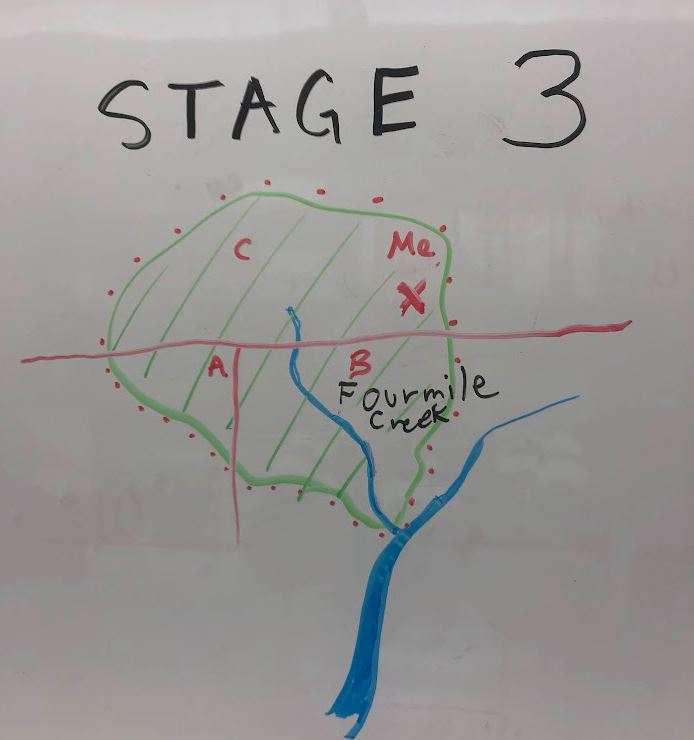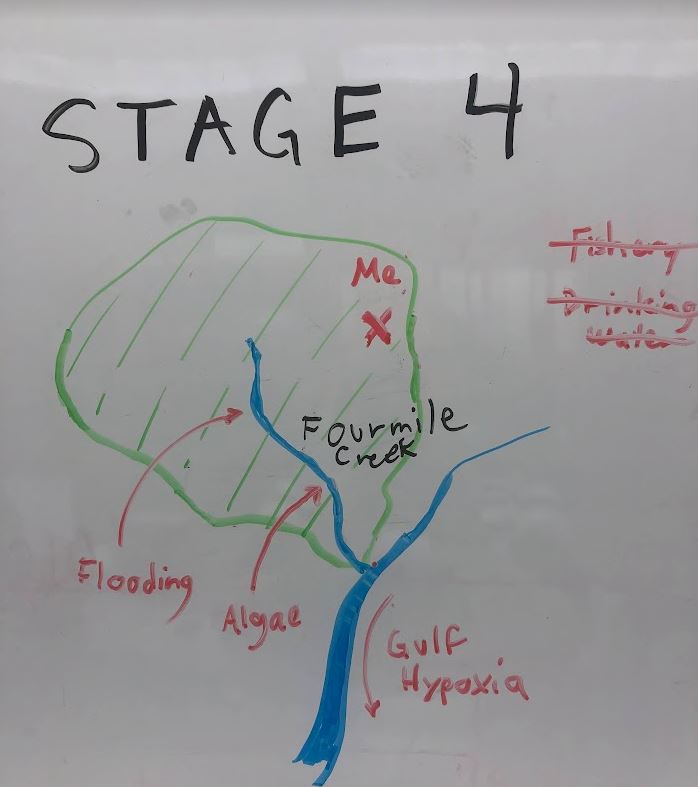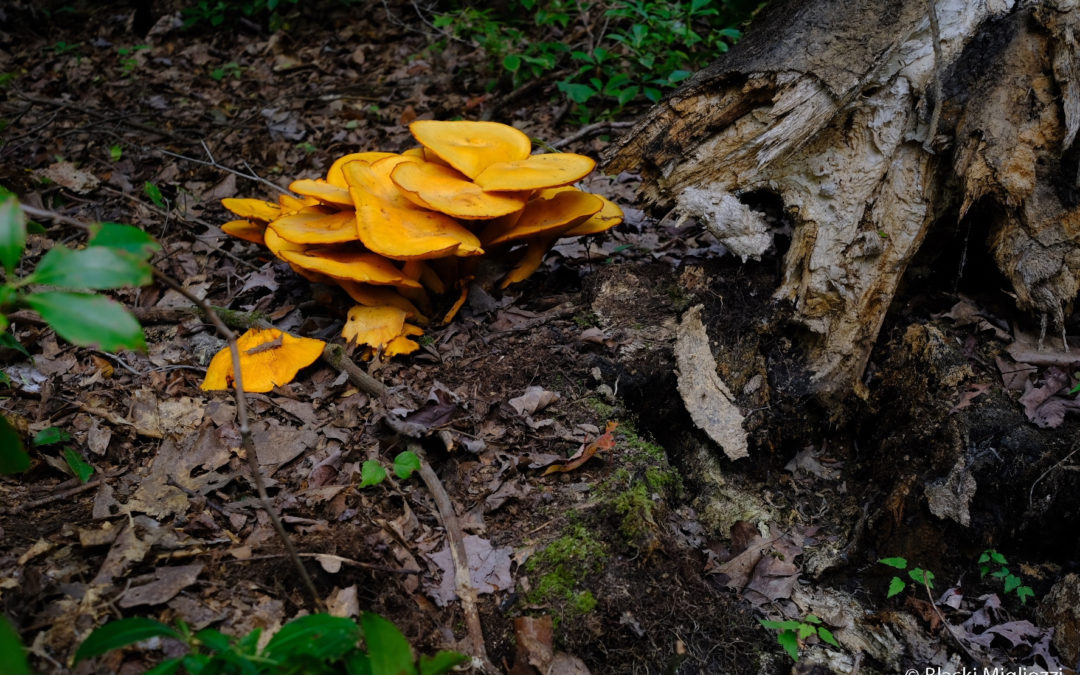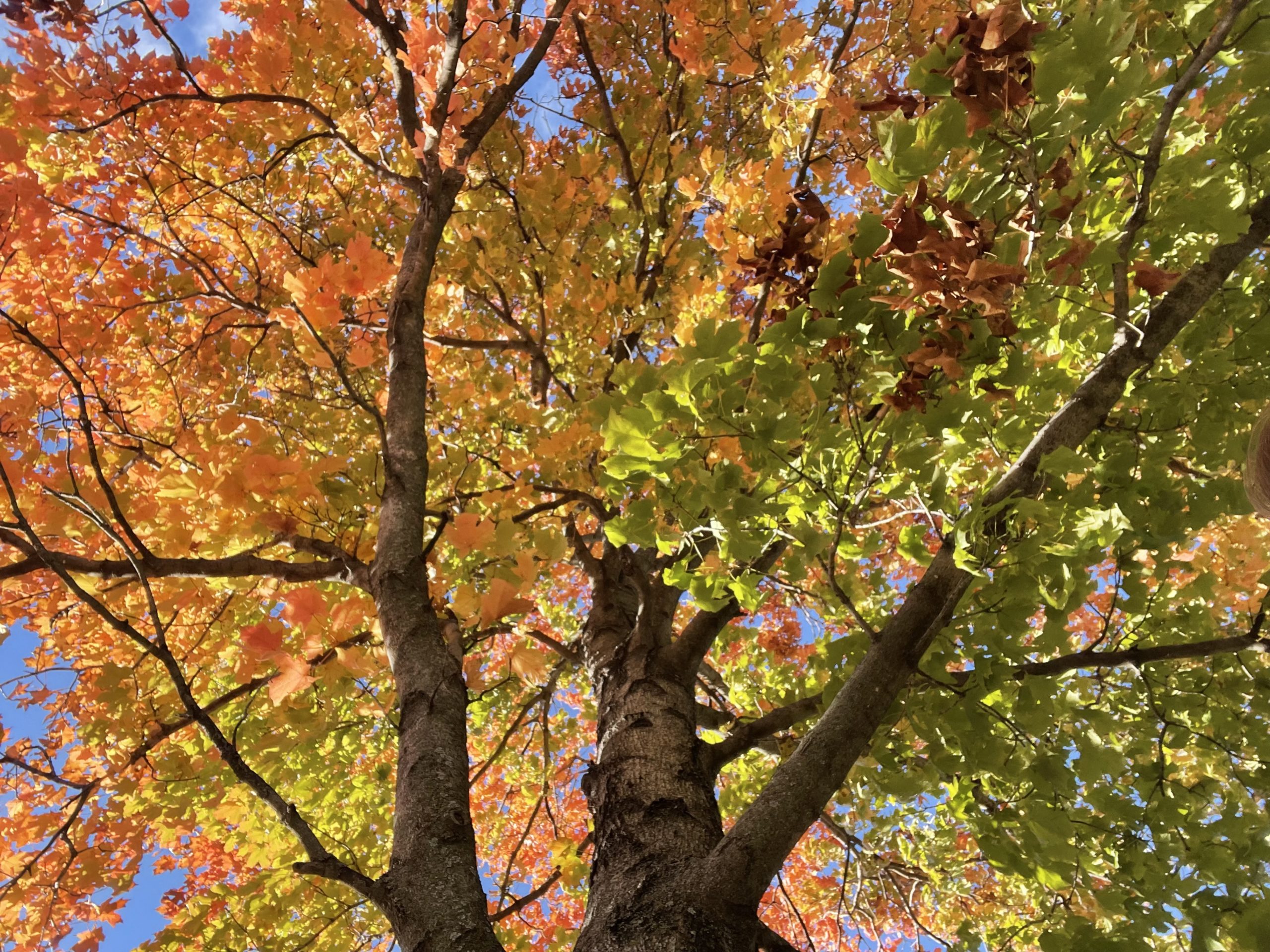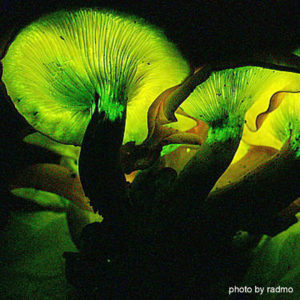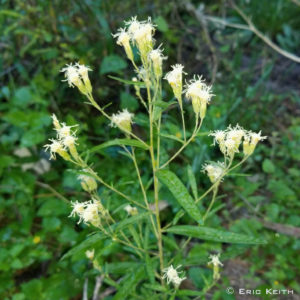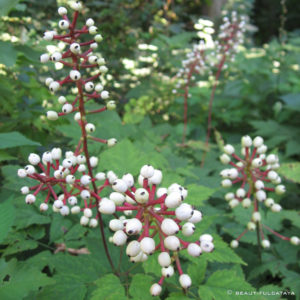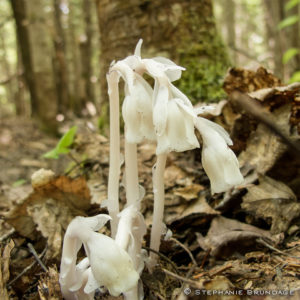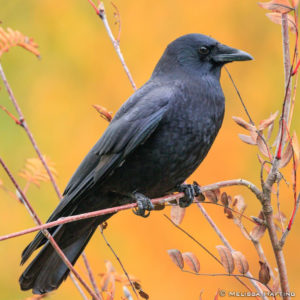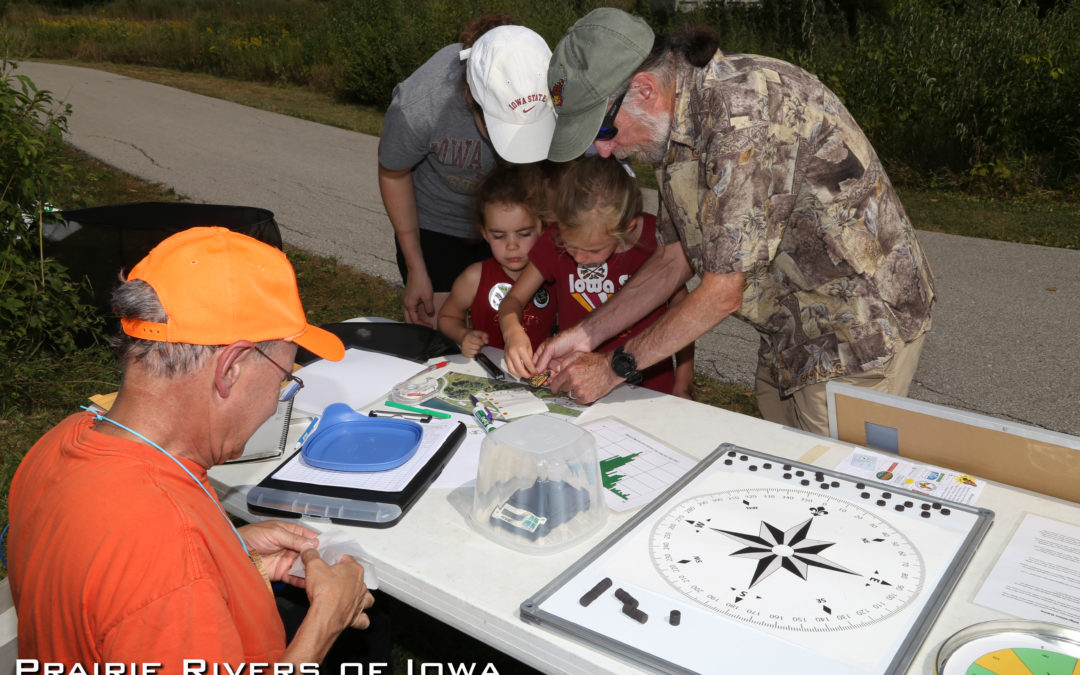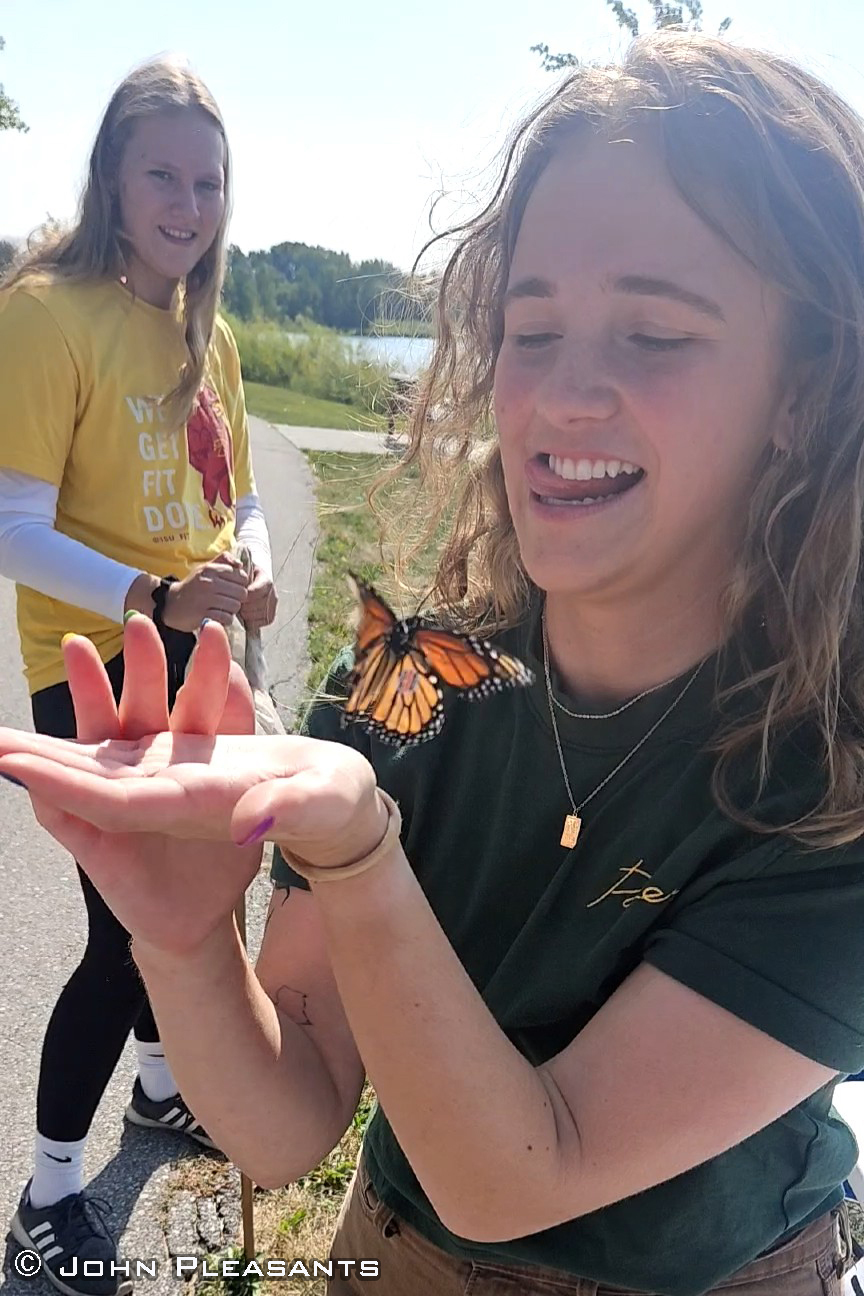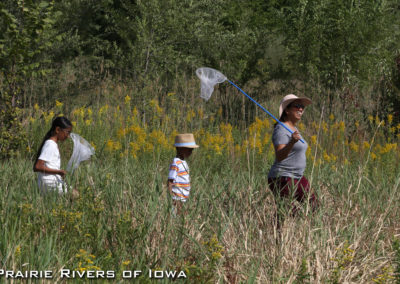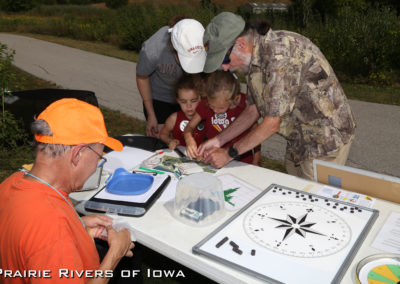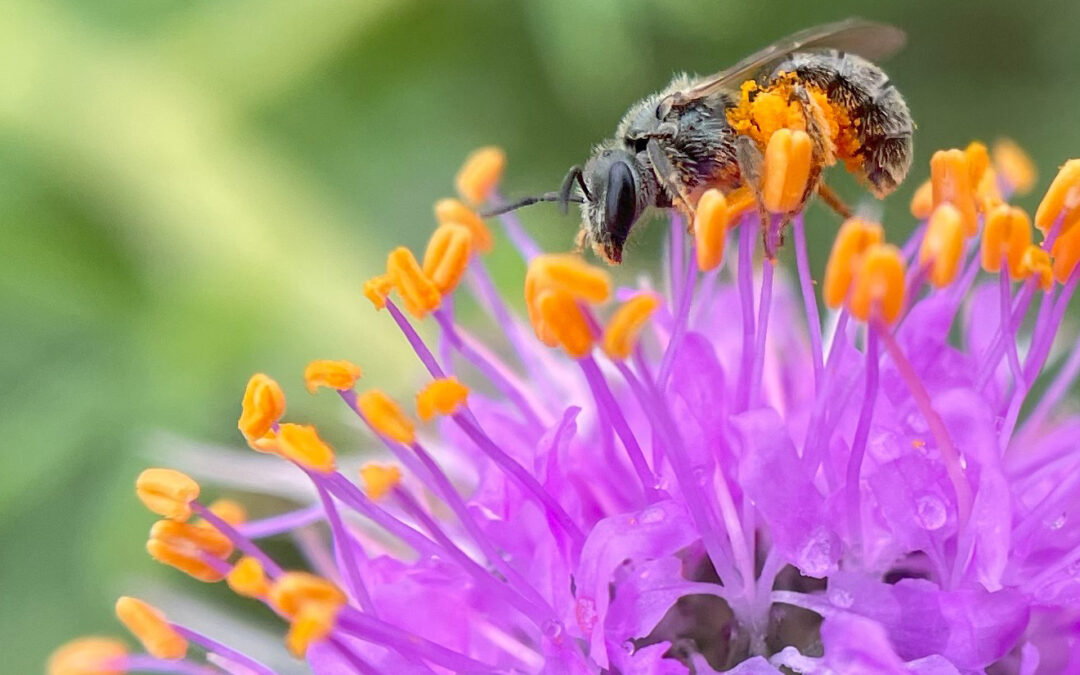
A Year of Pollinator Progress!
With your help, Prairie Rivers of Iowa accomplished many pollinator goals in 2023! From mobilizing a city-wide plan to improve the plight of pollinators to receiving a National Fish and Wildlife Foundation grant, we have been working hard to educate the public and serve our community! Besides creating over 30 educational social media posts, providing in-person presentations, and educating at events such as the City of Ames EcoFair, this program has achieved several significant milestones this year:
Mobilizing the Ames Pollinator Plan
This year, we brought the Ames Pollinator Plan to life! Prairie Rivers led the formation of small groups and started projects for pollinators in Ames! Some interesting projects include drafting educational messages about how to support Ames butterflies, understanding how city policy can help residents create more pollinator-friendly yards, and identifying research methods to determine “who”, in terms of pollinators, live right here in Ames! Understanding which pollinators are present will allow us to appreciate and understand the immediate needs of pollinators in Ames. Read our plan that started it all here!
Monarch Magic!
Prairie Rivers of Iowa hosted its first monarch tagging event this year, “Monarch Magic!”. This event pulled many dedicated partner organizations together to create a fun-filled educational event! We had attendees ranging from infants to senior citizens, with over 95 families and groups attending! Together, we tagged 146 monarch butterflies to help scientists track the monarch migration route, their migration timing, and other data to understand how these magnificent butterflies survive one of the most arduous migrations in the animal kingdom. Read more about this event and our incredible partners and sponsors here!
NFWF Grant to help Monarchs and Women!
Most of Iowa’s land is in agriculture (over 85% as of 2021). This fact alone makes it imperative to have farms that mitigate harm and actually benefit Iowa’s natural resources! To achieve this, Prairie Rivers has created a new project, which was recently awarded a grant by the National Fish and Wildlife Foundation. Our project will plant more monarch butterfly and pollinator habitat on farms by reaching out to all farmers but with a particular focus on women landowners and producers. Women landowners and farmers have historically been left out of many beneficial farm and conservation programs due to dated outreach efforts and cultural assumptions. They are an under-utilized group that is very likely to install acres into conservation practices, especially after learning more about pollinator decline! To provide higher-quality outreach and services to these women, we are partnering with Story County Conservation, Boone and Hamilton County Soil and Water Conservation Districts, the Story County Water Monitoring Planning Team, local grain farmer Jim Richardson, and agricultural education expert Dr. Jean Eells. With this team, we will construct messages that are inclusive and compelling to all farmers and landowners, including women, create field days of learning specifically for women, and raise women’s awareness of opportunities for cost shares and conservation programs. We hope this project will not only get more pollinator habitat on the ground, but that it will also create peer and mentor networks for women in agriculture and also set up an effective and sustainable communication system between women and the NRCS (National Resource Conservation Services). Our project will focus on reaching farmers and implementing conservation practices within Story, Boone, and Hamilton counties.
THANK YOU again for supporting Prairie Rivers of Iowa and our pollinator program! Together, we are creating a lasting, positive impact for the people and pollinators in Iowa!
To invest in a positive Iowa future, click here!

